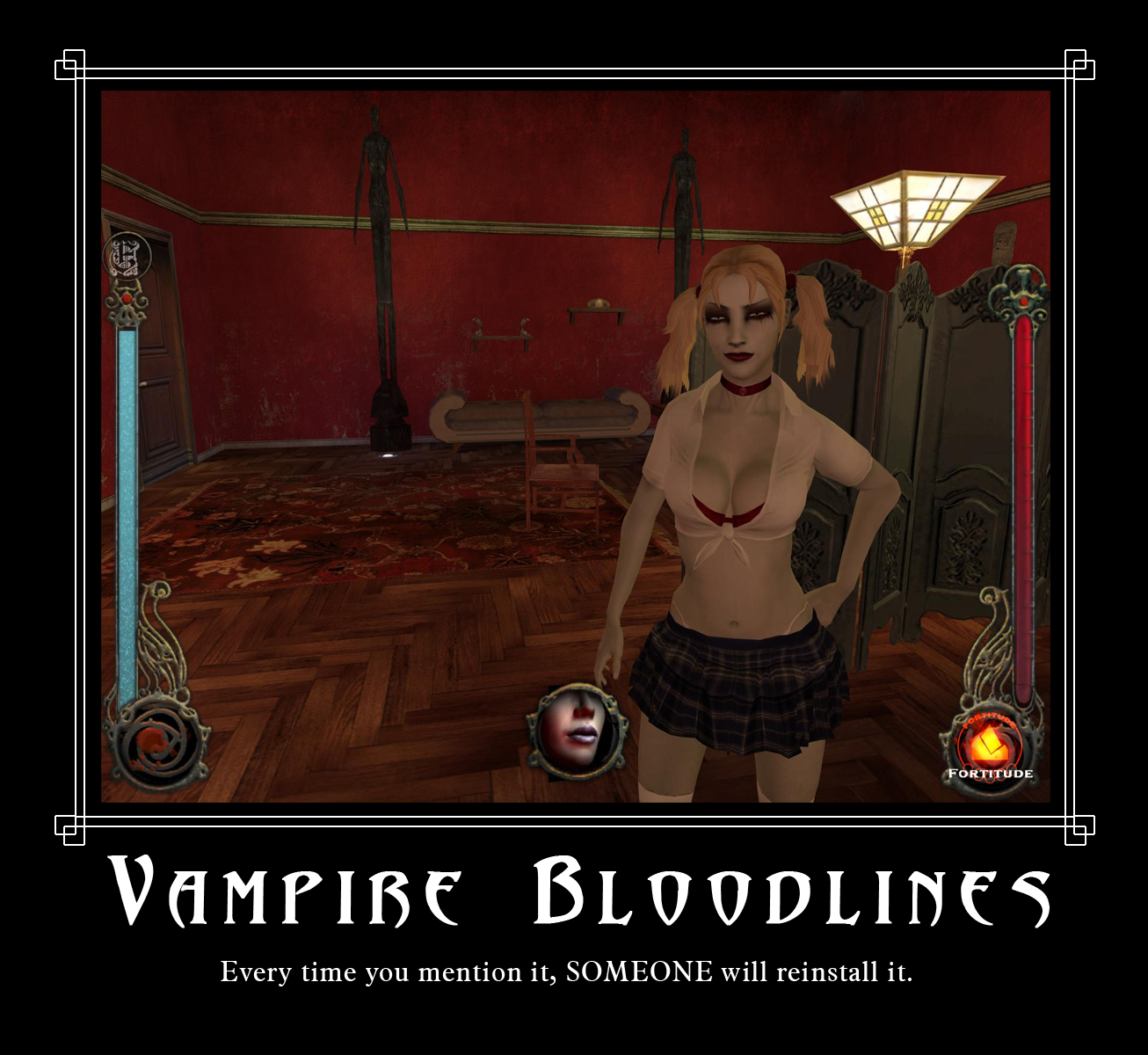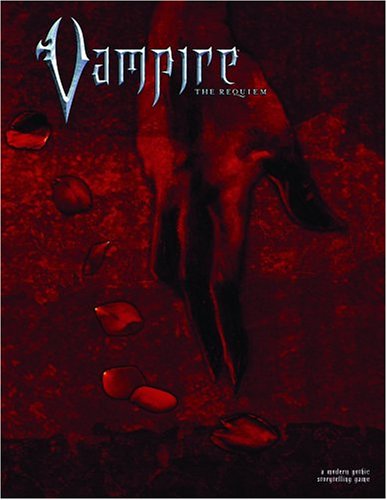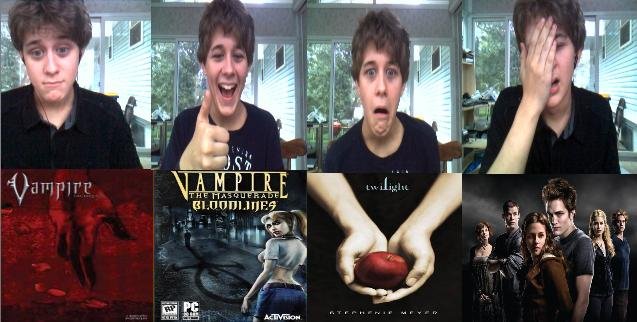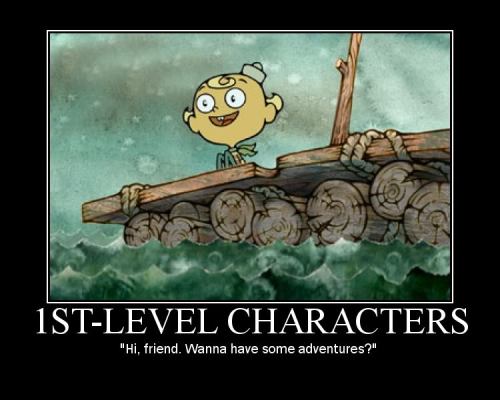It's no secret that Psychonauts is awesome. What is Psychonauts? Oh, just a little video-game by Double Fine that is artistic, hilarious, and awesome. You play as Raz, a psychic circus runaway who infiltrates Whispering Rock Summer Camp, a place where they train young psychics to eventually join the international, psychic, spy organization called the Psychonauts! While there, he uncovers a conspiracy about a crazy dentist stealing kid's brains to make psychic death tanks.
It's awesome.
Why am I telling you about this? Well, mainly because I think this game can be modeled very well in the FAE system. I don't discuss this system on my blog very often, but it is, in my opinion, one of the best ways to take a generic or established setting and play it in a tabletop RPG. Not to mention, you can get it for basically free, so there's no excuse not to go check it out.
So, after doing some figuring and playing through the game in question again, I've developed a mini-hack for those of you who want to bring a little Psychonauts to your game table using the Fate Accelerated Edition. There's more that needs to go into it, such as stating out censors and actually testing it, but I think this is a good start.
Enjoy the psychic explorations below!
Psychonauts: With FAE!
Psychic
Powers:
Access to Psychic Powers is activated by a relevant Aspect, usually
the 'High Concept.' Experienced psychics, such as a member of the
Psychonauts, have access to all of the following applications of
their psychic power. Less experienced psychics, such as campers at
Whispering Rock, may select three to start and can unlock the others
through play.
PSI Powers – Clairvoyance, Confusion, Levitation, Invisibility,
Pyrokinesis, Marksmanship, Shield, Palm Bomb, Telepathy,
Telekinesis, Psi-Punch
Stunts can be used to further refine specialty in one or more of
these disciplines.
Example:
Because I can Talk
to Fish,
I get a +2 when trying to cleverly
create an
advantage
by talking to
aquatic creatures with my telepathy.
Because
I'm a Recovering
Pyromaniac,
once per session I may give
an 'On Fire' aspect to someone or something with pyrokinesis.
Entering
the Mental World:
In order to enter someone's mindscape, they must have a
Psycho-Portal, which is a small object shaped like a door that can
attach itself to someone's head. Then, determine if the subject in
question is willing to have you enter his mind.
If
they are unwilling, you must succeed on an overcome
action rolled against them. If they are willing, you may enter
freely.
Then,
do a Create an
Advantage
with an Easy difficulty (+0) for a willing participant, and a
Moderate difficultly (+2) for an unwilling one. Every step above the
required difficulty level determines your number of Astral
Projection Layers. If you fail, you are not allowed to enter the
mind for a number of hours equal to the steps below the target you
scored.
Astral
Projection Layers:
When in the mental world, it is possible to be stressed out with no
real-world consequence, so long as you have an astral projection
layer left. When you fill in your last stress box while in the
mental world, remove an Astral Projection Layer, then remove all of
your stress. If you fill in the last stress box and have no layers
left, you are kicked out of the mental world and take a moderate
consequence in the real world.
Activity
in the Mental World:
Activity in the mental world follows FAE rules, with the following
additional possibilities:
-Astral Projection Layers (See above)
-Going
from zone to zone in the mental world is usually blocked by a
complicated series of platforms and obstacles, requiring an
overcome
action to get past. The conditions for success and failure are
modified in the following ways for these particular overcome
actions.
Fail: Succeeding at a serious cost should result in checking off a
stress box. This represents a series of attempts that resulted in
some falls into bottomless pits that were quickly resolved,
succeeding only after many, many attempts.
Tie: As written.
Succeed: As written, with the following addition. Collect figments
equal to steps achieved times five. Collect 100 figments in the
Mental World, and you may unlock an additional psychic
application, or earn a new stunt if all the applications are
collected and if you don't exceed your refresh by taking the
stunt.
Succeed with Style: The player may select a boost of their choice,
or one of the following options:
Collect Figments along the way, equal to steps achieved times ten.
Find an Emotional Baggage Tag, or the Emotional Baggage for a tag
you've already found. You cannot do both on the same Overcome
action. When a tag and bag are reunited, you may earn an
additional psychic application, or earn a new stunt if all
applications are collected and if you don't exceed your refresh by
taking the stunt.
Find and Open a Mental Vault: This reveals one of the Aspects for
the person whose mind you are in. You get one free invocation.
-Some equipment that would be useful in the Mental World that a
camper or Psychonaut can own or purchase from the camp store can be
represented by stunts. Examples:
Because
I own Smelling
Salts,
once per session, I may exit the mental world with no
consequences.
Because
I own a Cobweb
Duster,
once per session, I can collect mental cobwebs in an inter-zone
obstacle, lowering the difficulty of crossing it by two.
Because I own Dream
Fluff,
once per session, I may clear all of my stress boxes while in the
Mental World.
That's all I have so far! I hope you enjoyed this post! If you didn't, here's a funny picture.
-Wes



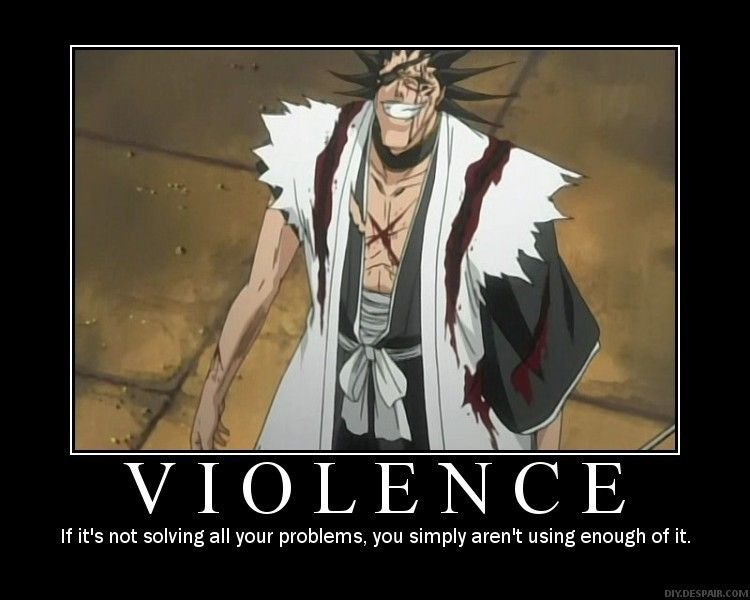
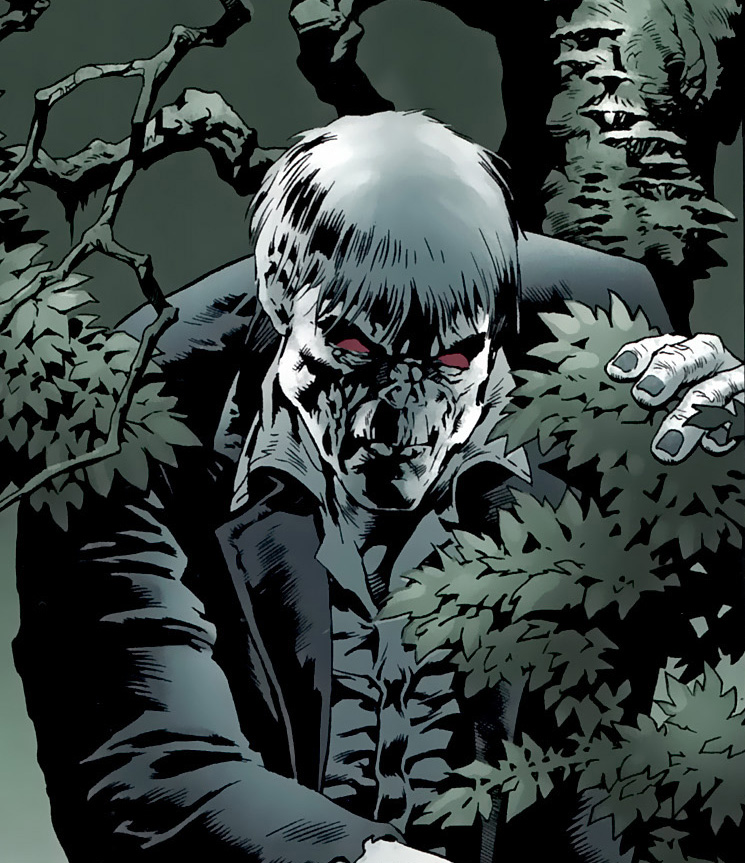

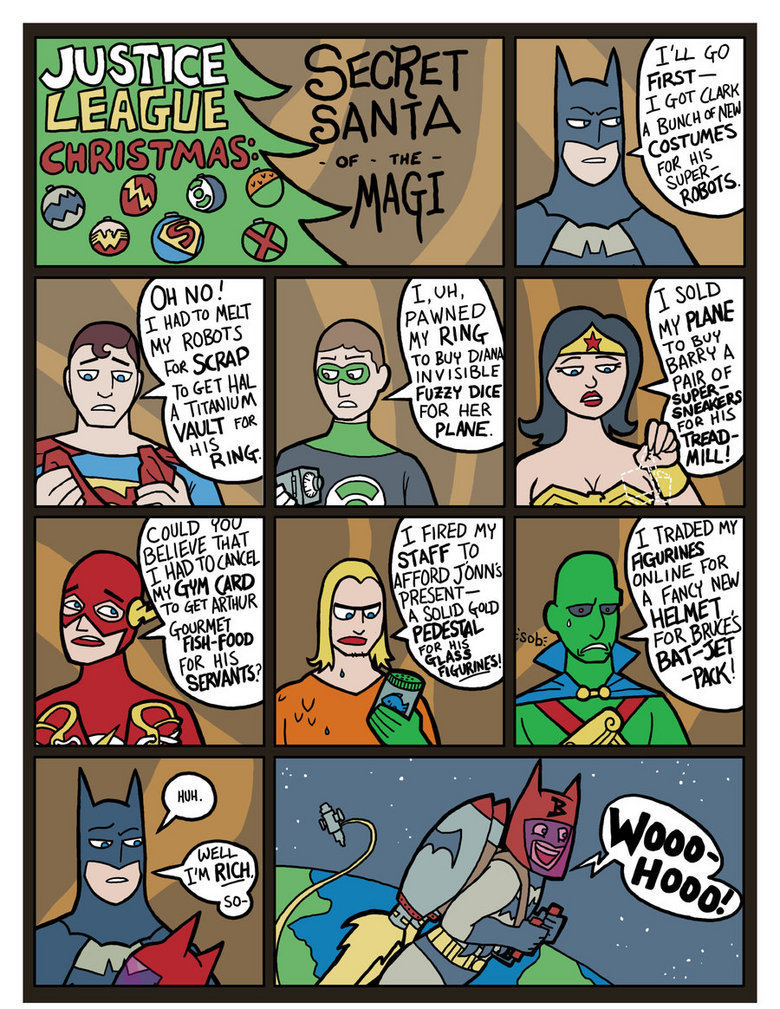
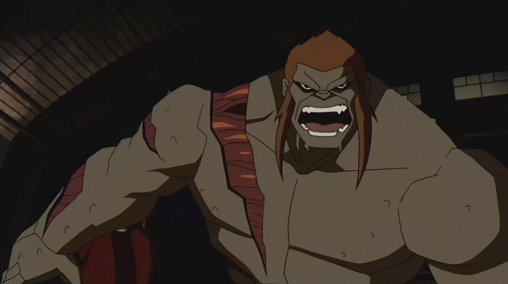


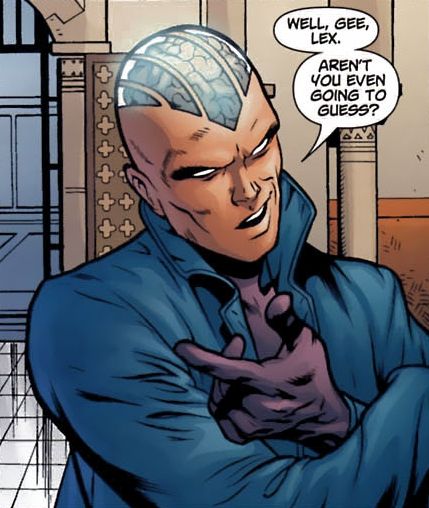

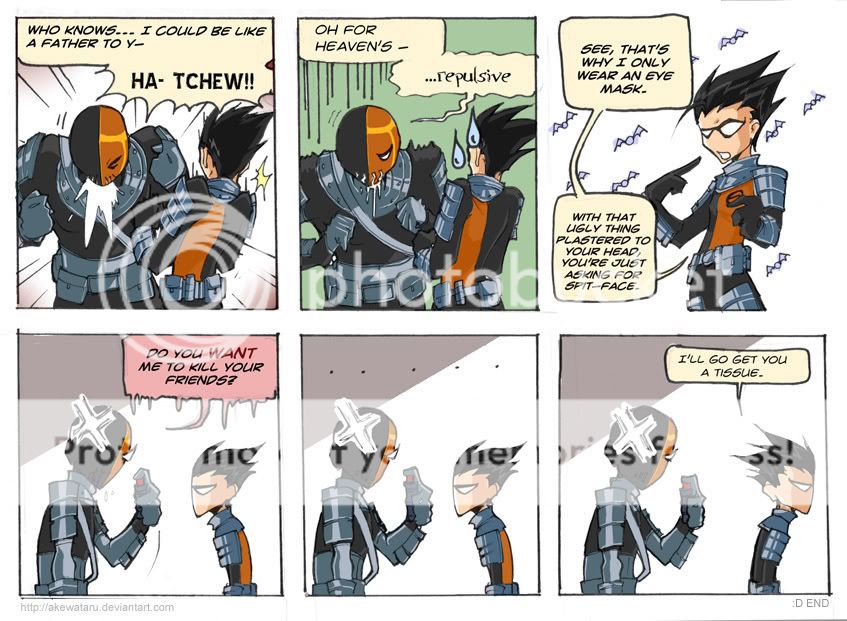
.jpg)

